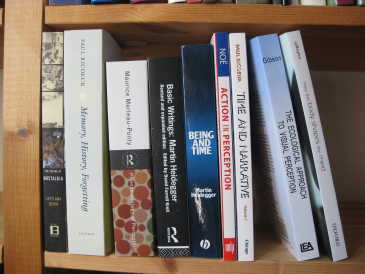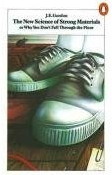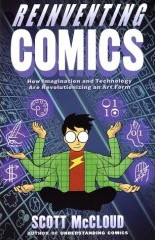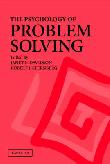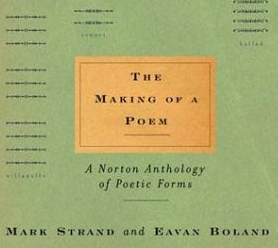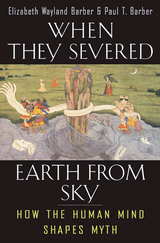I am reading Michel de Certeau’s “The Practice of Everyday Life“. The first chapter begins:
The erosion and denigration of the singular or the extraordinary was announced by The Man Without Qualities1: “…a heroism but enormous and collective, in the model of ants” And indeed the advent of the anthill society began with the masses, … The tide rose. Next it reached the managers … and finally it invaded the liberal professions that thought themselves protected against it, including even men of letters and artists.”
Now I have always hated the word ‘normal’, although loved the ‘ordinary’. This sounds contradictory as they mean almost the same, but the words carry such different connotations. If you are not normal you are ‘subnormal’ or ‘abnormal’, either lacking in something or perverted. To be normal is to be normalised, to be part of the crowd, to obey the norms, but to be distinctive or different is wrong. Normal is fundamentally fascist.
In contrast the ordinary does not carry the same value judgement. To be different from ordinary is to be extra-ordinary2, not sub-ordinary or ab-ordinary. Ordinariness does not condemn otherness.
Certeau is studying the everyday. The quote is ultimately about the apparently relentless rise of the normal over the ordinary, whereas Certeau revels in the small ways ordinary people subvert norms and create places within the interstices of the normal.
The more I study the ordinary, the mundane, the quotidian, the more I discover how extraordinary is the everyday3. Both the ethnographer and the comedian are expert at making strange, taking up the things that are taken for granted and holding them for us to see, as if for the first time. Walk down an anodyne (normalised) shopping street, and then look up from the facsimile store fronts and suddenly cloned city centres become architecturally unique. Then look through the crowd and amongst the myriad incidents and lives around, see one at a time, each different. 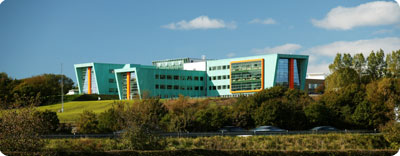
Sometimes it seems as if the world conspires to remove this individuality. The InfoLab21 building that houses the Computing Dept. at Lancaster was sort listed for a people-centric design award of ‘best corporate workspace‘. Before the judging we had to remove any notices from doors or any other sign that the building was occupied, nothing individual, nothing ordinary, sanitised, normalised.
However, all is not lost. I was really pleased the other day to see a paper “Making Place for Clutter and Other Ideas of Home”4. Laural, Alex and Richard are looking at the way people manage the clutter in their homes: keys in bowls to keep them safe, or bowls on a worktop ready to be used. They are looking at the real lives of ordinary people, not the normalised homes of design magazines, where no half-drunk coffee cup graces the coffee table, nor the high-tech smart homes where misplaced papers will confuse the sensors.
Like Fariza’s work on designing for one person5, “Making a Place for Clutter” is focused on single case studies not broad surveys. It is not that the data one gets from broader surveys and statistics is not important (I am a mathematician and a statistician!), but read without care the numbers can obscure the individual and devalue the unique. I heard once that Stalin said, “a million dead in Siberia is a statistic, but one old woman killed crossing the road is a national disaster”. The problem is that he could not see that each of the million was one person too. “Aren’t two sparrows sold for only a penny? But your Father knows when any one of them falls to the ground.”6.
We are ordinary and we are special.
- The Man without Qualities, Robert Musil, 1930-42, originally: Der Mann ohne Eigenschafte. Picador Edition 1997, Trans. Sophie Wilkins and Burton Pike: Amazon | Wikipedia[back]
- Sometimes ‘extraordinary’ may be ‘better than’, but more often simply ‘different from’, literally the Latin ‘extra’ = ‘outside of’[back]
- as in my post about the dinosaur joke![back]
- Swan, L., Taylor, A. S., and Harper, R. 2008. Making place for clutter and other ideas of home. ACM Trans. Comput.-Hum. Interact. 15, 2 (Jul. 2008), 1-24. DOI= http://doi.acm.org/10.1145/1375761.1375764[back]
- Described in Fariza’s thesis: Single Person Study: Methodological Issues and in the notes of my SIGCHI Ireland Inaugural Lecture Human-Computer Interaction in the early 21st century: a stable discipline, a nascent science, and the growth of the long tail.[back]
- Matthew 10:29[back]
